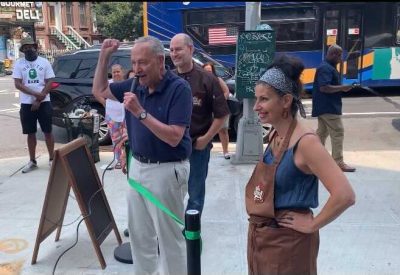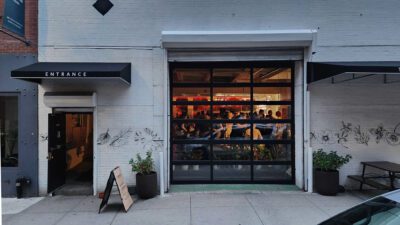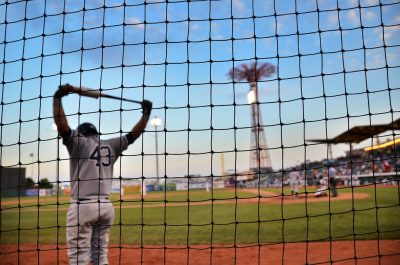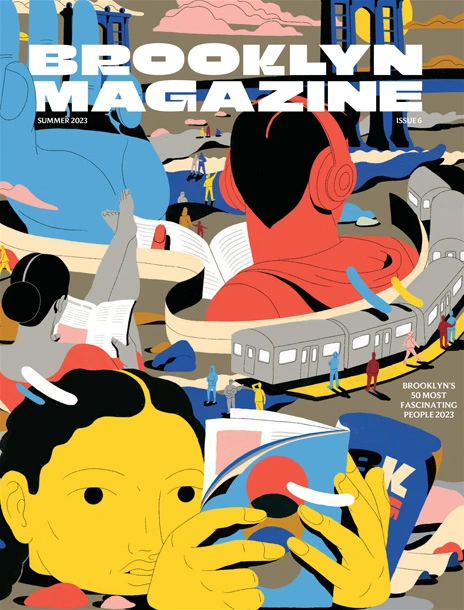Is Williamsburg-Style Development Coming to Red Hook?


The city could grow by one million residents in the next 25 years, according to a report by Columbia University reported by the Wall Street Journal. And these are the conservative estimates: the mayor expects that many more people to move here by 2030. (These are also optimistic; sure, immigrants and young professionals may continue flocking to the city, but who knows what difference a decade will make?) Population growth is not a bad thing for a city, but the trouble in New York is that at present we don’t have anywhere to put all these people, which means we need to build a “small city” of new housing, the Journal reports. Where would all of these people go?
All over the city in “underdeveloped” areas, Columbia suggests, including St. George in Staten Island, the South Concourse in the South Bronx, Seward Park in Manhattan, Willets Point in Queens, and multiple areas in Brooklyn including Red Hook and the Columbia Street Waterfront District. This seems like a terrible idea.
Part of it is pure selfishness. I don’t live in Red Hook, but I love Red Hook; I visited this past weekend and had a delightful time: I walked in a different way than I usually do, down mostly car-less Mill Street through the seemingly endless Red Hook Houses and into Coffey Park, which is a lovely little park. I had dinner at Hope and Anchor, running into and ultimately supping with old friends; I drank at a bar with a large crowd of good-humored locals, and walked back out up Dikeman, one of my favorite residential blocks in the borough for its diversity of stock that nevertheless feels weirdly integrated in a mishmash sort of way. When I got back to Bay Ridge, someone asked me, “how was Red Hook?” “Great,” I said, sighing. “I wish I lived there.”
But not like this! First of all, to call Red Hook underdeveloped seems only part true; half the neighborhood is taken up by the Red Hook Houses, which are the largest public housing development in Brooklyn (and second largest in the city) with almost 3,000 apartments. Second, Red Hook is in Zone A: the neighborhood was decimated by Superstorm Sandy, with some businesses still closed, others only recently reopened. Look at this map of the storm surge: nearly every block was flooded. (One researcher says construction might help address the problem: “we need the infrastructure to prevent storm surges,” he told the Journal. “Why not build housing on top?”)
Lastly, the Bloomberg administration’s record on development, in cooperation with Christine Quinn’s city council, sucks: “officials said they have tried to balance the character of neighborhoods, the preservation of open space and the capacity of an area’s transportation networks to absorb more people.” But they have laughably failed at all those things in, say, Williamsburg, where enormous waterfront towers have utterly failed to become integrated into the community; where promised open space has not been forthcoming; and where local subways are often overcrowded to the point of being unrideable.
To let this happen to Red Hook would be awful: the buses are already bad enough at peak hours, the division between populations already something of a problem. It’s also one of the most neighborly neighborhoods I’ve ever been to, where you can quickly be made to feel like part of a community even if you only visit every once in a while. What’s at stake in Red Hook wouldn’t just be the loss of a quaint quasi-postindustrial seaside town; it’d be the loss of one of the warmest and most resilient neighborhoods we have: what we talk about when we talk about Brooklyn. If we need to make room for more people, we need to do it in responsible ways we haven’t in the past: figure out how to maintain character while building up, not just dumping luxury glass towers on the waterfront and calling it progress.
Follow Henry Stewart on Twitter @henrycstewart
You might also like 




















